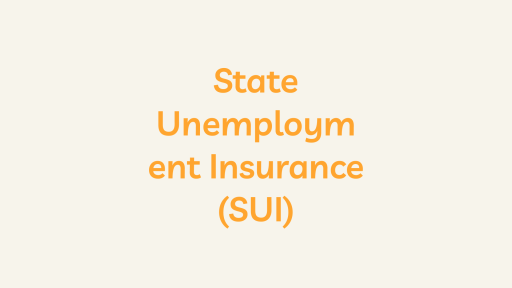Introduction
A Health Reimbursement Account (HRA) stands as a cornerstone in the realm of employer-sponsored healthcare benefits within the United States. This innovative benefit plan empowers employers to contribute financially to an account earmarked for their employees’ medical expenses. This comprehensive overview delves into the intricacies of HRAs, shedding light on their key features, types, tax advantages, and the regulatory landscape that governs them.
Key Features of Health Reimbursement Account (HRA)
- Employer Contributions:
- Employers can tailor their contributions to the HRA, aligning them with the unique needs of their workforce.
- These contributions serve as a financial safety net for employees, covering a spectrum of medical expenses.
- Employee Access:
- The flexibility of HRAs empowers employees to access funds when needed for various qualified medical expenses.
- These expenses may encompass copayments, deductibles, prescription medications, and other vital healthcare costs.
- Tax Advantages:
- The tax efficiency of HRAs is a compelling aspect. Contributions made by employers are often tax-deductible, providing a financial incentive for employers to offer this benefit.
- Employees benefit from tax-free contributions, reducing their taxable income and fostering a more cost-effective approach to healthcare.
- Employer Control:
- Employers wield significant control over the structure and design of the HRA plan, tailoring it to meet the specific needs and goals of the organization.
- This control extends to determining contribution amounts, eligible expenses, and other plan details.
- Roll-Over Feature:
- To encourage prudent financial management, some HRAs allow the carryover of unused funds from one year to the next.
- This feature empowers employees to accumulate reserves for future medical needs, promoting a strategic approach to healthcare spending.
- Integration with High-Deductible Health Plans (HDHPs):
- HRAs often synergize with High-Deductible Health Plans, providing a mechanism for employees to navigate out-of-pocket expenses until their plan’s deductible is met.
- This integration aligns with the broader trend of consumer-driven healthcare.
Types of Health Reimbursement Account (HRA)
- Integrated HRA (I-HRA):
- This type of HRA is intricately linked with the employer’s specific health insurance plan.
- Contributions are earmarked to reimburse employees for qualified medical expenses.
- Excepted Benefit HRA (EB-HRA):
- Designed to offer limited benefits, the EB-HRA is often paired with a comprehensive health insurance plan.
- Eligible expenses span a range, including dental and vision care.
- Qualified Small Employer HRA (QSEHRA):
- Tailored for small businesses with fewer than 50 employees, the QSEHRA offers a flexible approach.
- Employers can reimburse employees for individual health insurance premiums and other qualifying medical expenses.
Compliance and Regulations
- HRAs operate within a regulatory framework, with adherence to Affordable Care Act (ACA) regulations being paramount.
- Strict compliance is essential to preserving the tax advantages associated with HRAs and avoiding penalties.
Conclusion
Health Reimbursement Accounts are pivotal in shaping the modern landscape of employee benefits. Beyond being a financial tool, HRAs contribute to a holistic approach to employee well-being. As healthcare dynamics evolve, HRAs remain at the forefront, providing employers with a dynamic and effective means of supporting their workforce’s health and financial security. Understanding the nuances of HRAs positions employers and employees alike to make informed decisions in navigating the complex terrain of healthcare expenses.





